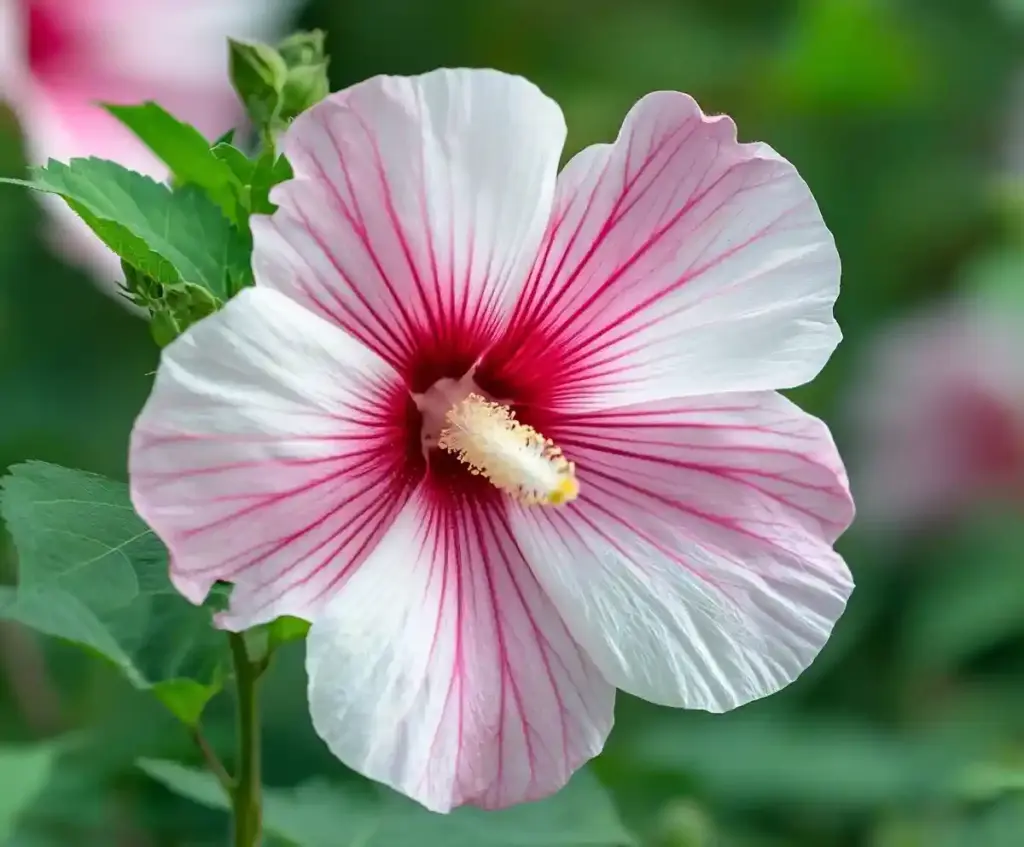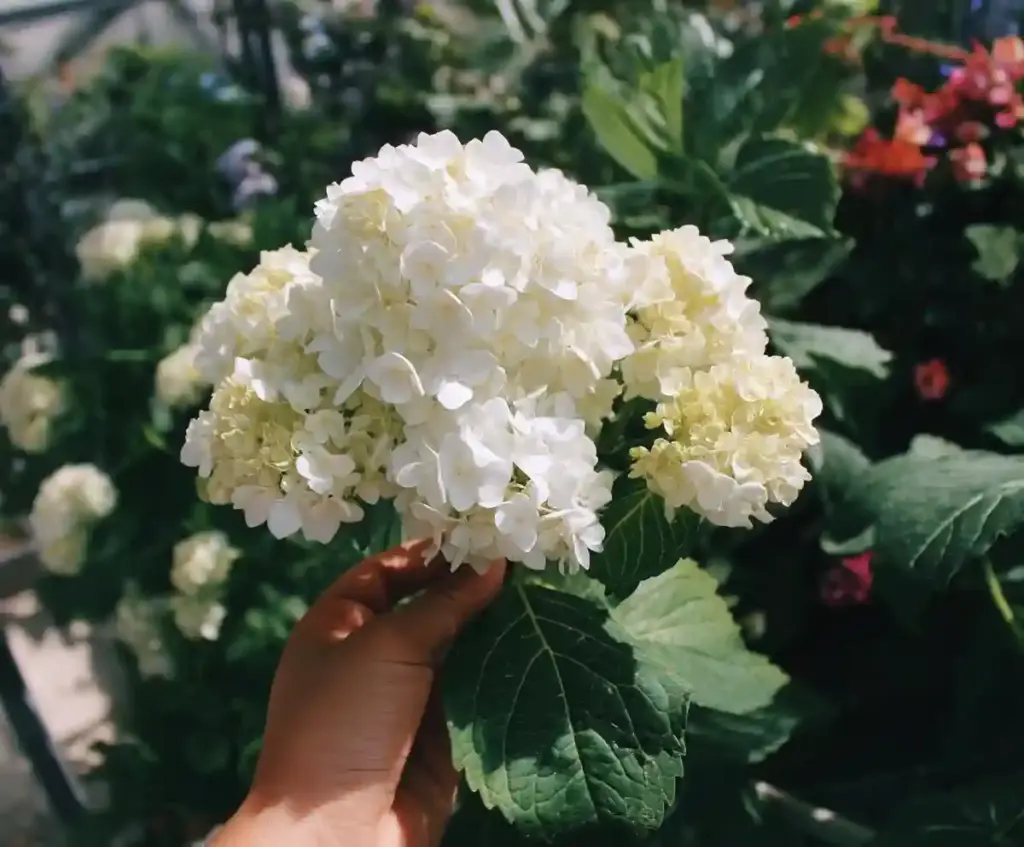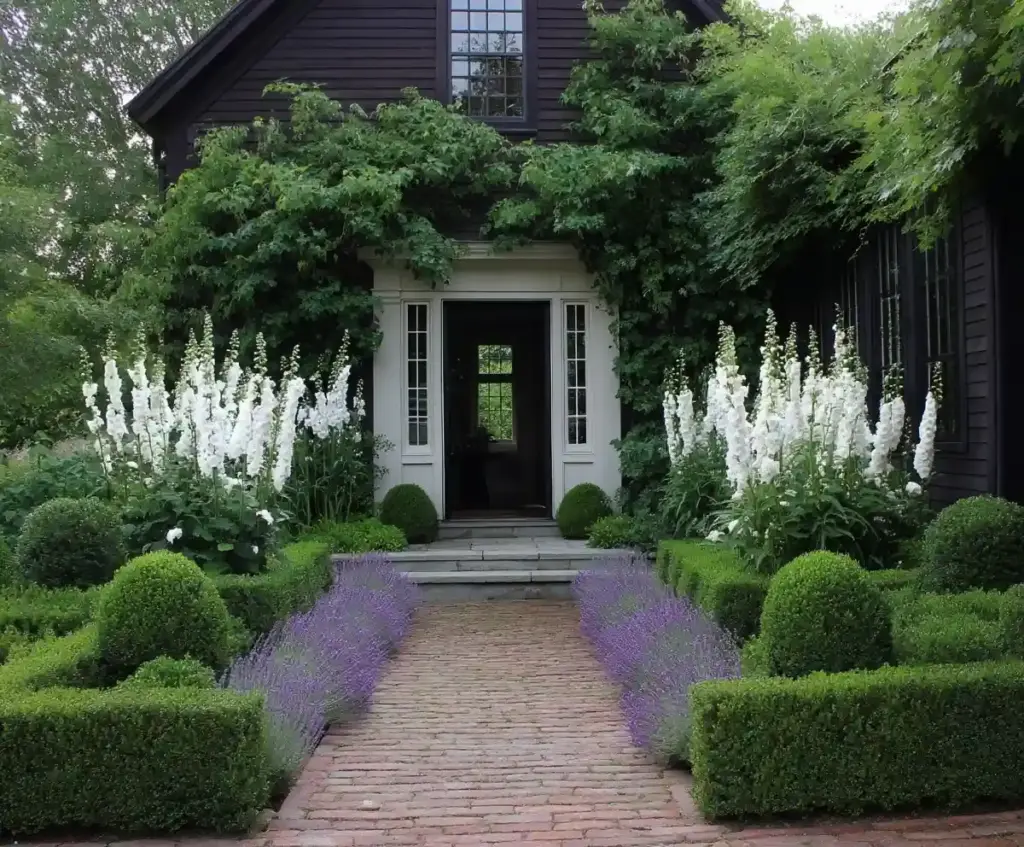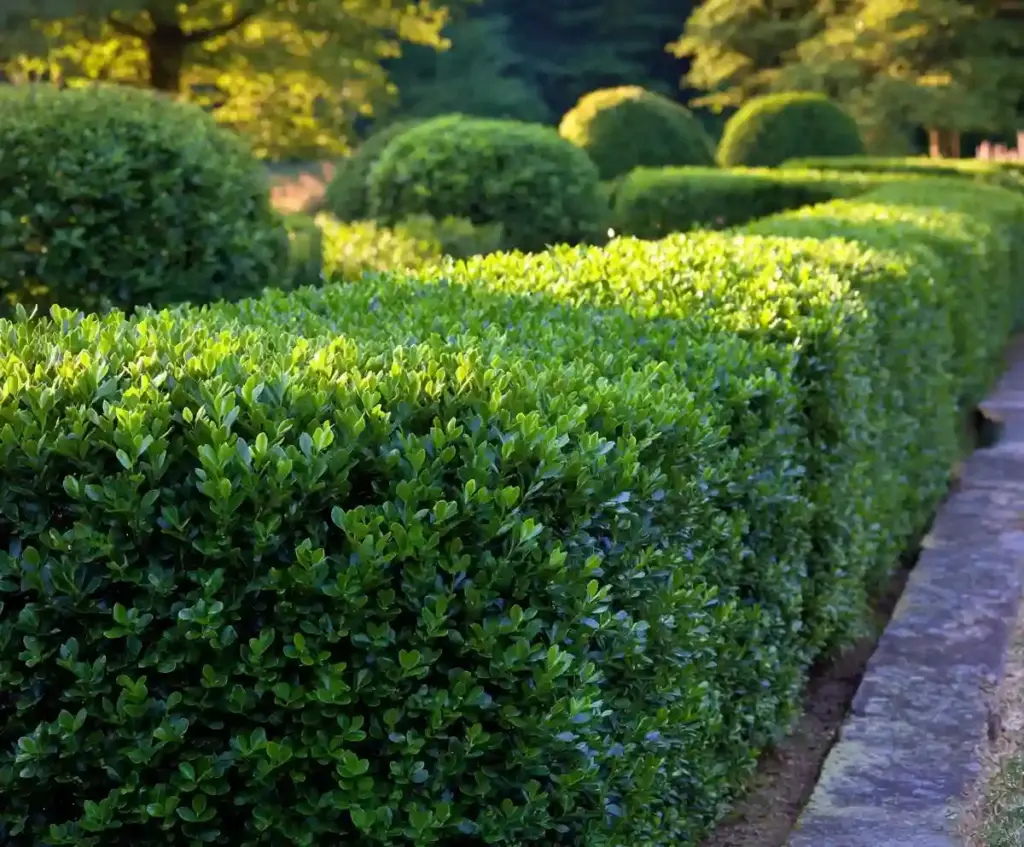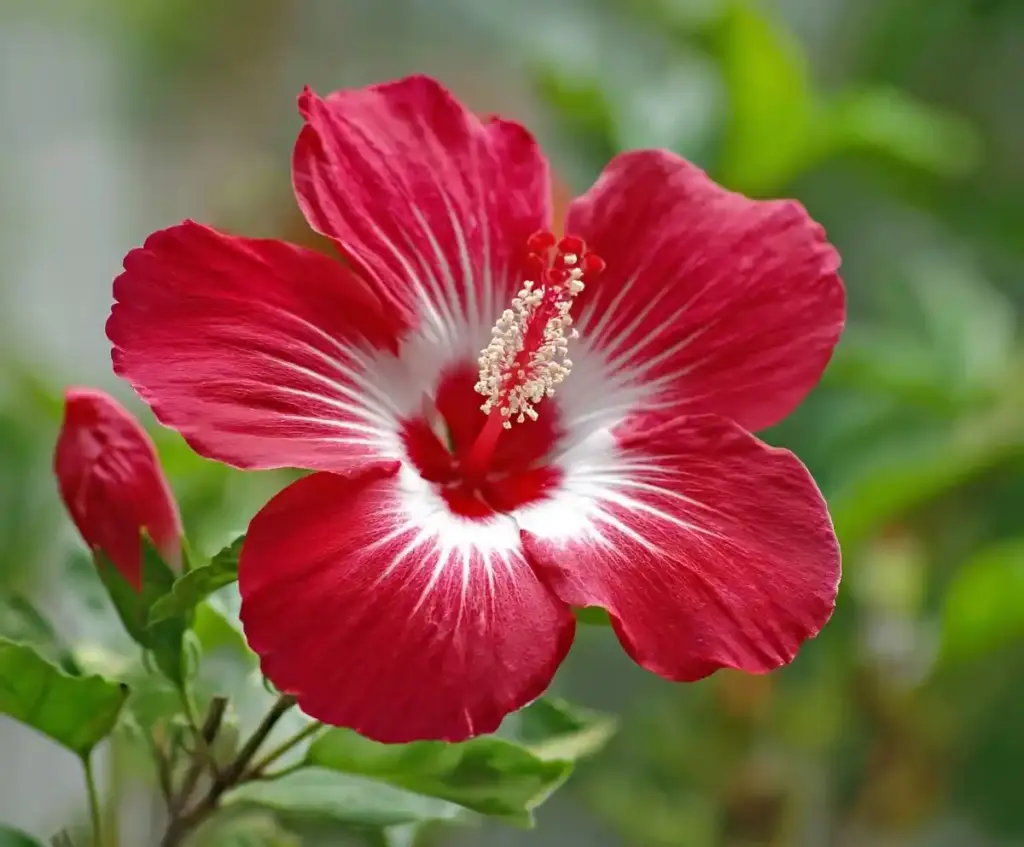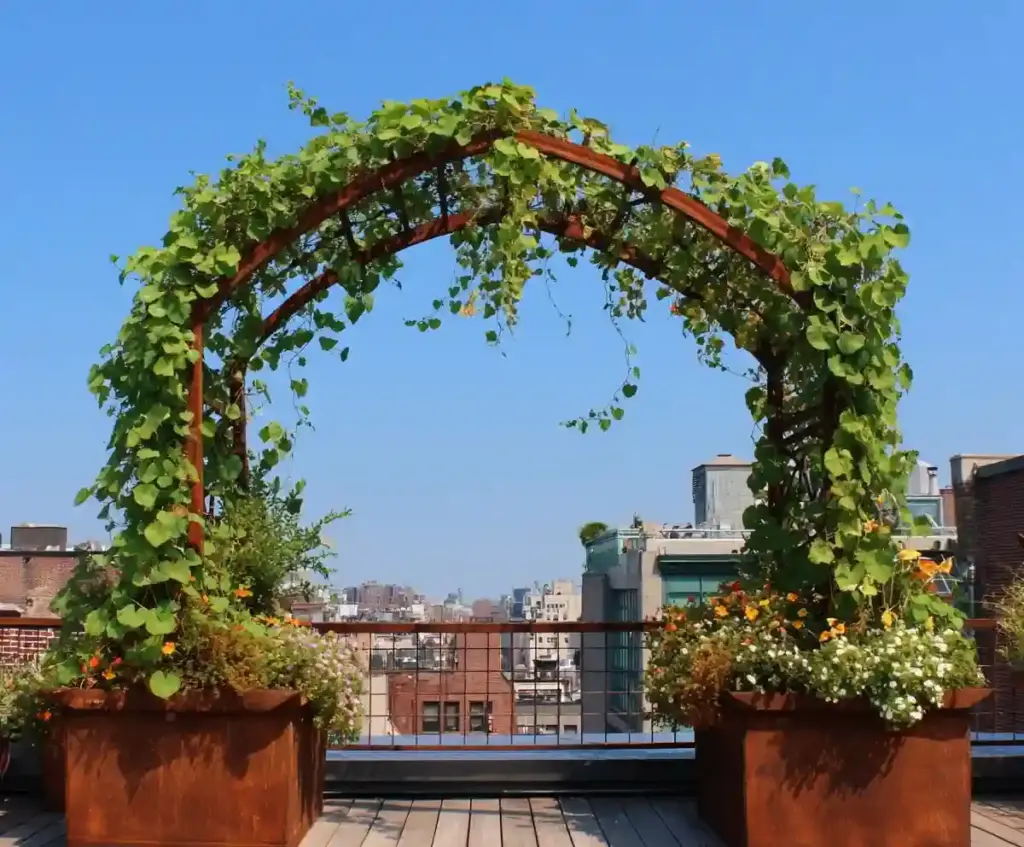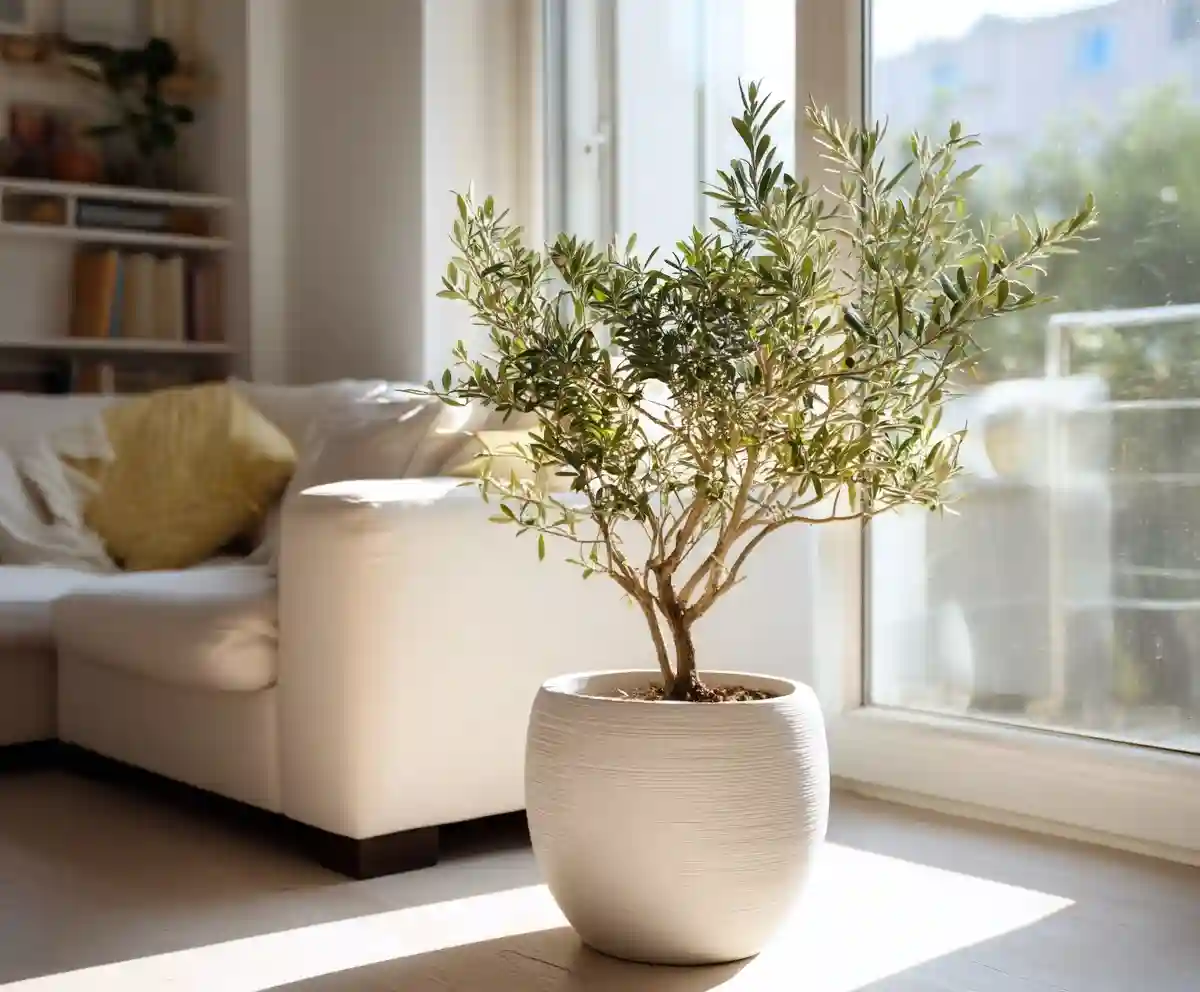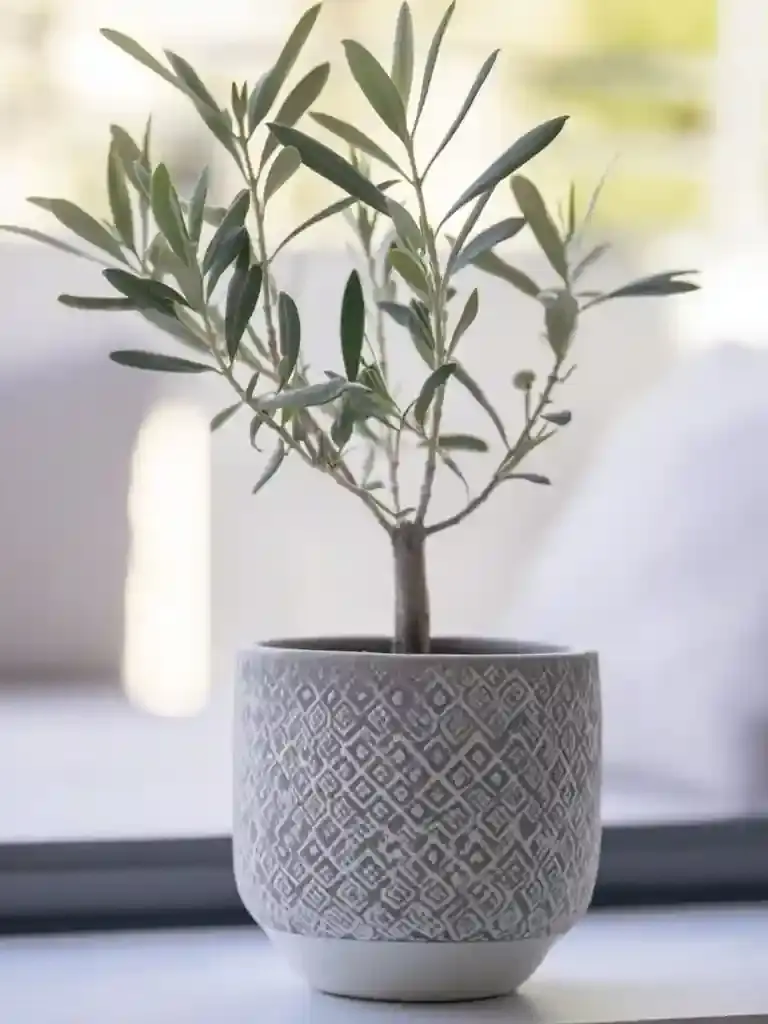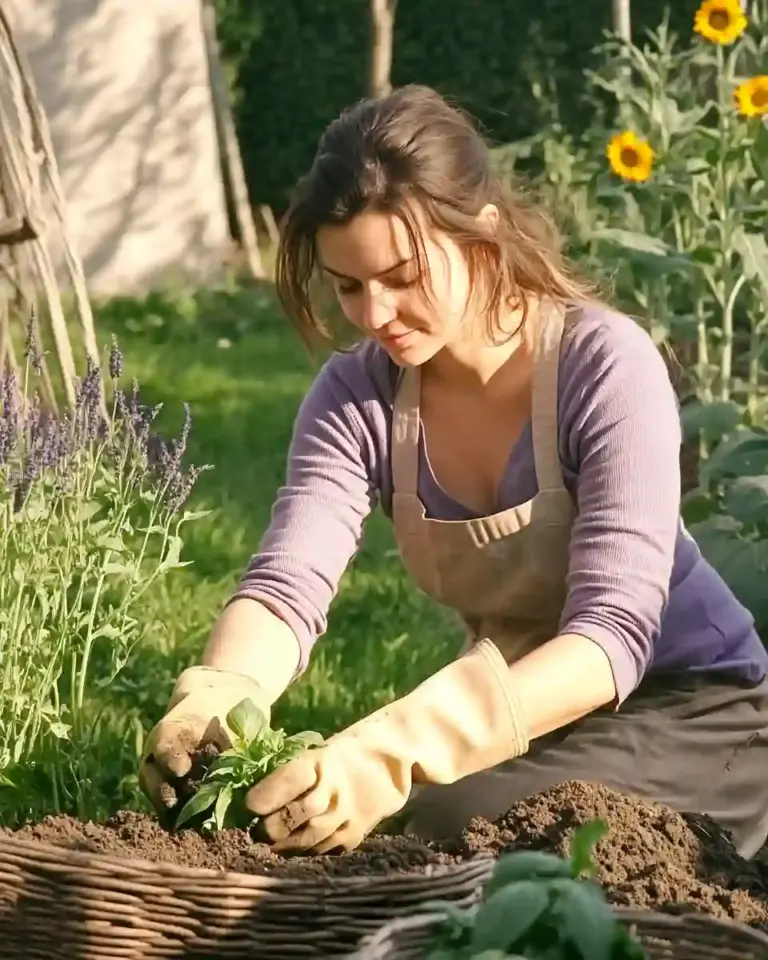Indoor olive tree care has quickly become a favorite among houseplant lovers—and it’s not hard to see why. These graceful, sun-loving trees bring a touch of the Mediterranean indoors with their slender gray-green leaves and sculptural form. Better yet, they thrive in dry indoor air and don’t demand constant attention, making them ideal for busy plant parents.
Unlike many finicky tropical plants, olive trees are drought-tolerant and adaptable. With the right spot in a sunny window and a few simple care habits, they can flourish for years in a container. Whether you’re growing them for their elegant aesthetic or the novelty of a fruit-bearing indoor tree, olive trees make a stylish and surprisingly low-maintenance addition to any home.
Table of Contents
Indoor Olive Tree Care at a Glance
Caring for an indoor olive tree doesn’t have to be complicated—just give it what it loves most: sunlight, warmth, and well-drained soil. Below is a quick-reference guide to the essentials of indoor olive tree care:
- Common Name: Olive Tree
- Botanical Name: Olea europaea
- Soil: Sandy, fast-draining; cactus or succulent mix is ideal
- Light Requirements: At least 6 hours of full sun daily; a south-facing window is best
- Watering: Allow soil to dry between thorough waterings; reduce watering during fall and winter
- Fertilizing: Use a balanced 16-16-16 liquid fertilizer at half strength every two weeks in spring and summer
- Temperature Range: 65°F to 80°F is optimal
- Humidity: Around 40%; average indoor levels are fine
- Propagation: Can be grown from seed or stem cuttings (though cuttings can be slow to root)
- Pet Safety: Non-toxic to cats and dogs, but olive pits can pose a choking hazard
Think of these trees as the strong, silent type—they won’t complain, but they will show signs if neglected. Stick to this baseline, and you’ll have a healthy tree with long-term indoor potential.
Olive Tree Characteristics: A Timeless Indoor Tree with Deep Roots
One of the most fascinating aspects of indoor olive tree care is the plant’s rich heritage. Olive trees have been cultivated for thousands of years, dating back as far as 6,000 BCE in the Mediterranean. Today, they’ve made the leap from ancient groves to modern living rooms—without losing their rugged charm.
These trees are known for their narrow, silvery-green leaves and slender trunks that develop character with age. Indoors, they offer a soft, airy texture that works beautifully in minimalist, rustic, or Mediterranean-inspired spaces. While they grow slowly, olive trees are remarkably long-lived. Some ancient specimens in Europe are over 1,000 years old and still bear fruit.
Olive trees can thrive indoors as long as their basic needs are met. Standard and dwarf varieties are available, but for container growing, a dwarf type is usually easier to manage. Even when potted, these resilient trees can eventually reach 6–10 feet in height with proper pruning.
Whether fruiting or not, an indoor olive tree offers an elegant presence—and a reminder that sometimes, the best houseplants are the ones with a bit of history.
Types of Olive Tree: Best Varieties for Indoor Growing
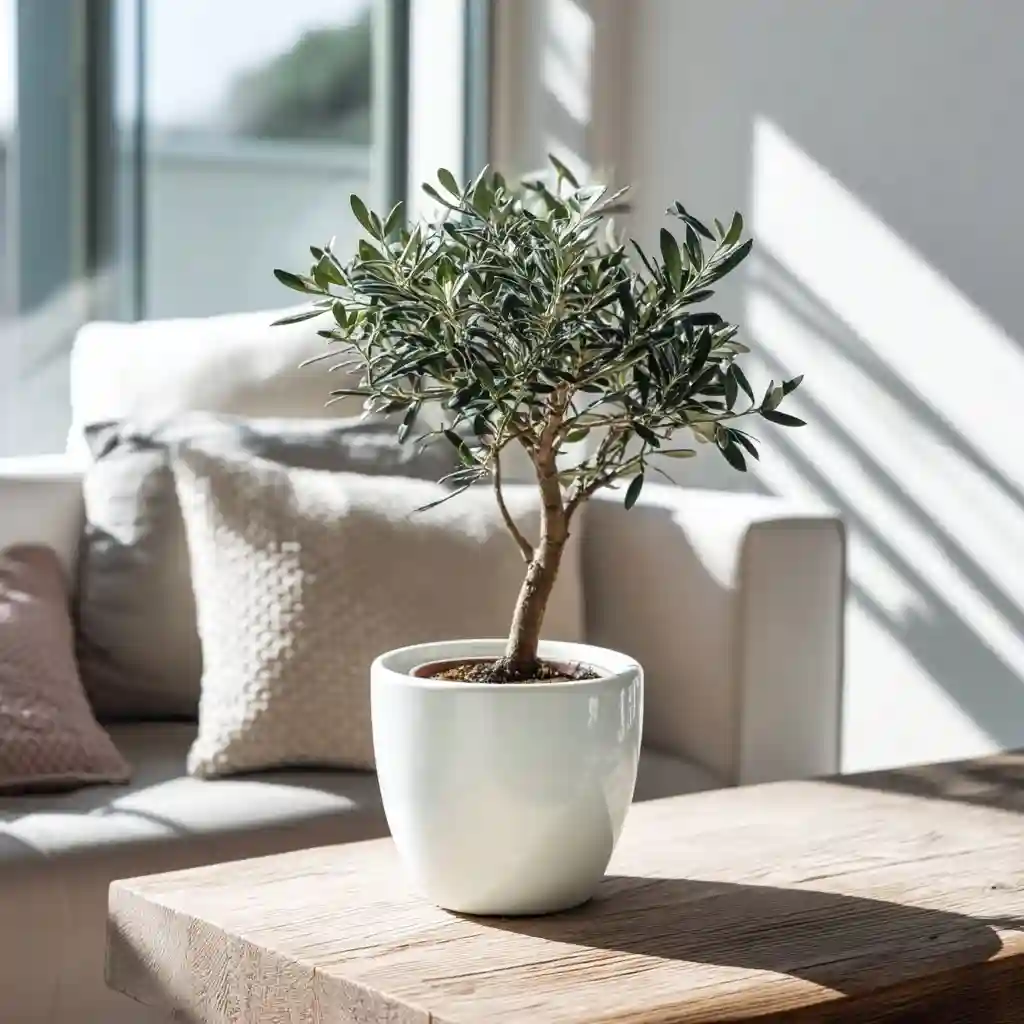
Choosing the right variety is a key step in successful indoor olive tree care. While many olive trees can be grown in containers, some varieties are much better suited for indoor environments than others due to their size, growth habit, and light needs.
Here are some top picks for growing indoors:
Arbequina
A favorite for indoor growers, Arbequina is a compact Spanish variety that adapts well to pot life. It’s tolerant of lower humidity and less fussy about cold drafts. This tree produces small, light-brown olives with a mild, fruity flavor.
Mission
Introduced to California by Spanish missionaries, this variety is another great indoor candidate. It’s hardy, drought-tolerant, and produces plump green or black olives used for both snacking and oil.
Picholine
Native to France, Picholine is prized for its spicy, nutty-tasting olives. It stays relatively small with regular pruning, making it manageable as a potted plant indoors.
Manzanilla
Known as the classic table olive in the U.S., Manzanilla trees have a beautiful branching structure and glossy fruit. While they prefer warm, stable temperatures, they can do well indoors with sufficient light and protection from cold.
Amfissa
This fast-growing Greek variety produces rich, purple drupes. However, its wide, spreading habit makes it less ideal for indoor growing unless you have significant space and a plan for frequent pruning.
When choosing a variety, dwarf types like Arbequina are the easiest to manage indoors. Look for trees labeled as “fruitless” if you’re primarily interested in aesthetics without the mess of fallen olives.
Selecting Soil for Indoor Olive Trees
When it comes to indoor olive tree care, soil isn’t just dirt—it’s a dealbreaker. Olive trees are native to rocky, arid regions and simply won’t tolerate soggy roots. The right soil keeps things airy, drains fast, and lets the tree breathe.
Here’s what to use:
- Type: A sandy or gritty cactus or succulent mix is ideal. These are specifically formulated for drought-tolerant plants and prevent moisture buildup.
- Drainage Boosters: Mix in ingredients like perlite, coarse sand, pumice, or bark chips to keep the soil light and porous.
- pH Range: Olive trees do best in a slightly acidic to slightly alkaline soil—between 5.5 and 8.5 pH. Most cactus mixes fall within this range naturally.
Potting Tips:
- Always choose a container with a drainage hole at the bottom. Never allow water to pool at the roots.
- Avoid moisture-retaining components like peat or compost, which can hold too much water and lead to root rot.
- Consider placing a layer of gravel or mesh at the bottom of the pot to aid drainage without clogging.
Healthy olive roots are the foundation of strong growth. Get the soil right, and you’ve already won half the battle.
The Right Light for Olive Trees Indoors
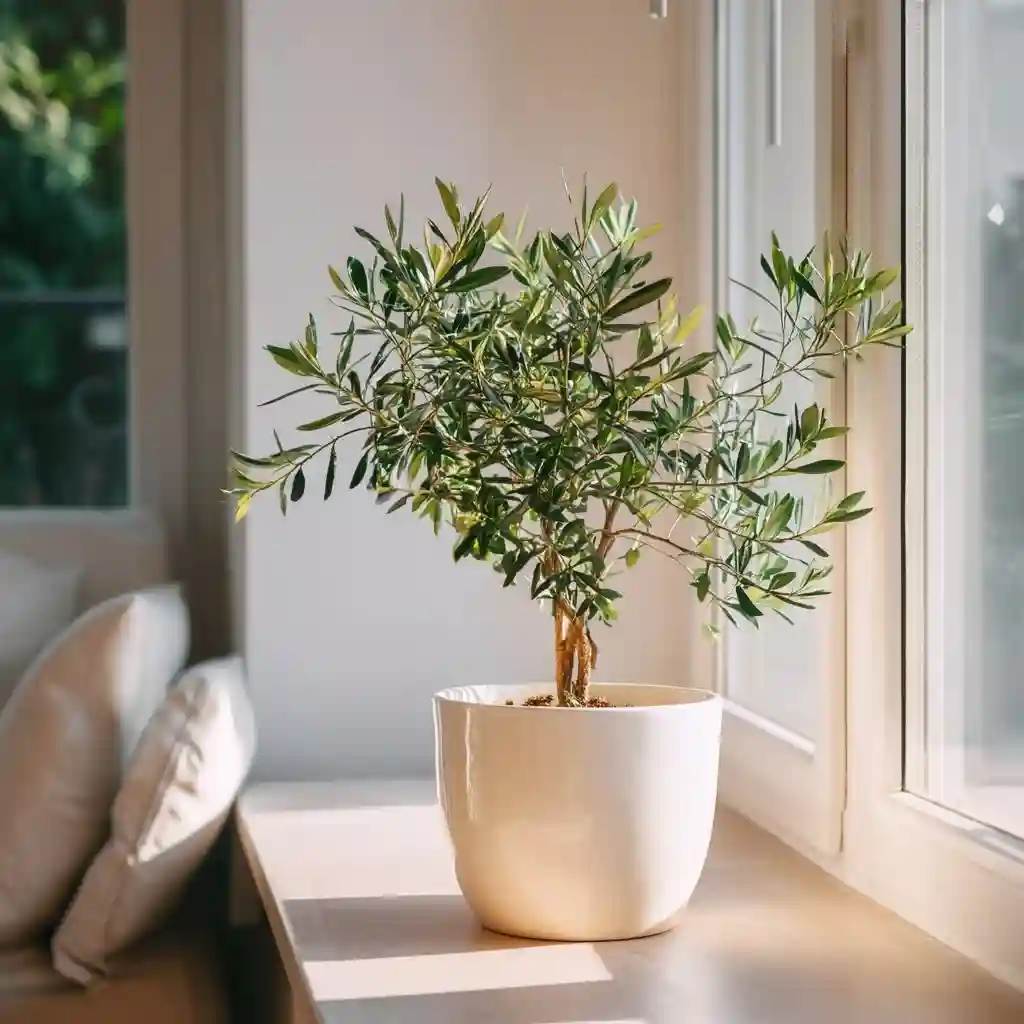
If there’s one non-negotiable in indoor olive tree care, it’s sunlight. Olive trees are true sun-lovers, and without adequate light, they simply won’t thrive indoors.
Here’s how to get it right:
Natural Light Needs
- Place your olive tree in a south-facing window where it will receive at least 6 hours of direct sun daily.
- East- or west-facing windows can work with supplemental lighting, but north-facing rooms are rarely bright enough.
- Be careful: Don’t let the leaves touch the glass—this can lead to leaf scorch or cold damage during winter.
Grow Lights for Backup
- If your space doesn’t get consistent full sun, use a full-spectrum LED grow light.
- Keep the light 6–12 inches from the canopy and run it for 12–16 hours a day to simulate Mediterranean conditions.
Outdoor Summer Breaks
- In warmer months, move your olive tree outdoors to soak up real sun. Just acclimate it gradually over 1–2 weeks to avoid leaf burn.
- Start with filtered light (like under a patio or tree) and slowly shift it into full sun.
Adequate light is often the difference between a healthy, vibrant tree and one that struggles with sparse leaves and slow growth. When in doubt, give it more sun—not less.
Watering Olive Trees Indoors
Proper watering is one of the most misunderstood aspects of indoor olive tree care. These trees prefer a “soak and dry” cycle—too much moisture is far more dangerous than too little.
How to Water Correctly
- Thoroughly water the soil until excess drains out the bottom. This ensures all roots get moisture.
- Let the top 2 inches of soil dry out before watering again. Never let the soil stay soggy.
- In winter, reduce frequency—your tree will enter a slower growth phase and need less water.
What to Avoid
- Don’t let the pot sit in a saucer full of water. Olive roots are highly susceptible to rot.
- Avoid shallow, frequent watering—it encourages weak surface roots instead of deep, resilient ones.
Extra Tip
Stick your finger in the soil or use a moisture meter to check depth. If it’s still damp below the surface, wait a day or two.
Overwatering is one of the leading causes of decline in potted olive trees. By mimicking the dry summers of their native habitat, you’ll help your tree stay strong and healthy indoors.
Fertilizing Olive Trees Indoors
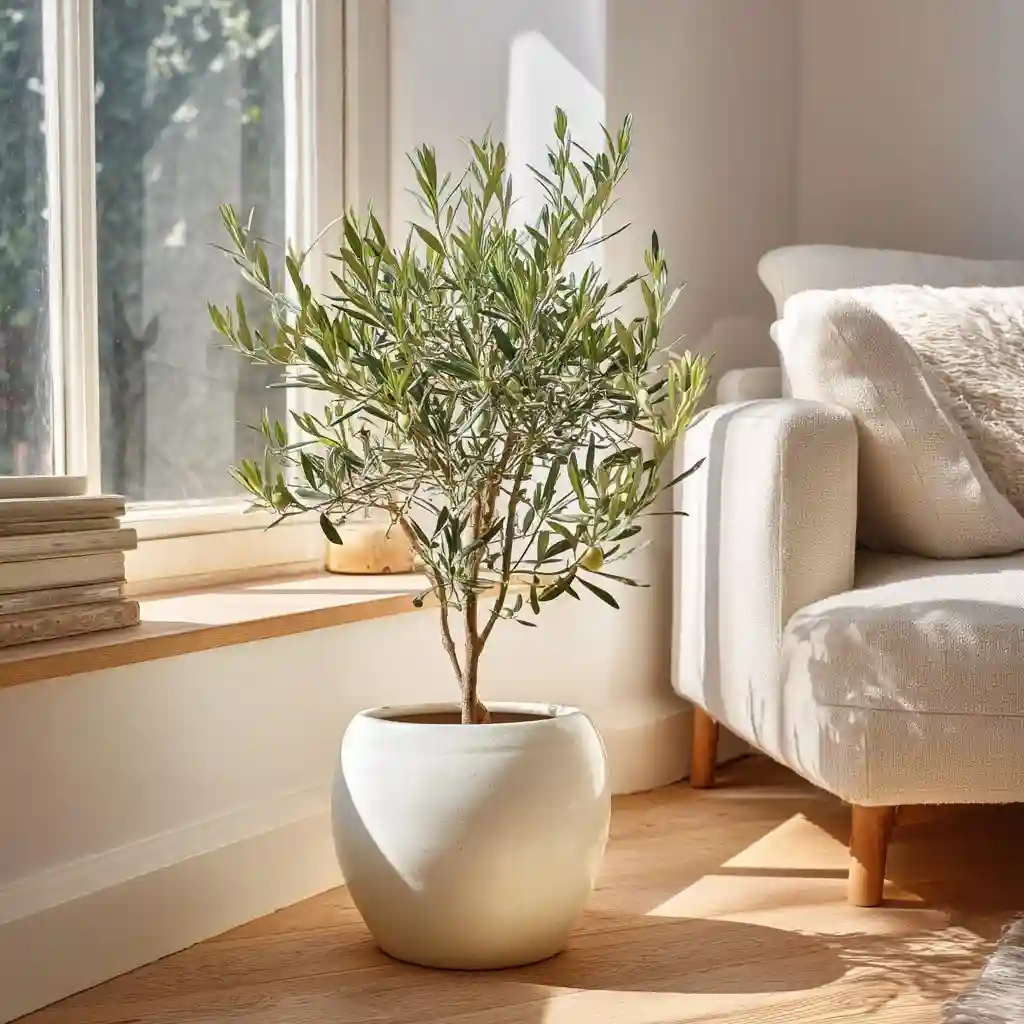
For strong growth and potential fruiting, proper nutrition is a vital part of indoor olive tree care. While these trees are naturally resilient, a smart feeding schedule helps them flourish in container conditions.
What to Use
- A balanced liquid fertilizer with a 16-16-16 ratio (nitrogen–phosphorus–potassium) works best.
- Always dilute to half strength to avoid overfeeding, especially in indoor settings where growth is slower.
When to Fertilize
- Spring through summer: Apply every 2 weeks during the active growing season.
- Fall and winter: Reduce or skip entirely. Some growers use a light, nitrogen-based fertilizer once a month if growth continues indoors.
Tips for Success
- Avoid compost or mulch for indoor olive trees. These hold too much moisture and can cause root issues.
- Over-fertilizing can lead to leggy growth and nutrient burn—less is more.
Keep in mind, olive trees indoors may not grow rapidly or produce fruit without outdoor exposure, but the right fertilizer can still support lush foliage and long-term health.
Setting the Temperature and Humidity
Creating the right indoor environment is another key to successful indoor olive tree care. These Mediterranean natives are adapted to hot, dry summers and mild winters—conditions you can replicate at home with just a little attention.
Temperature Preferences
- Ideal range: 65°F to 80°F during the day.
- Minimum tolerance: Avoid temperatures below 40°F. Prolonged exposure to cold can cause leaf drop or even kill the tree.
- Absolute minimum: 15°F is lethal—even brief exposure can be fatal.
If you’re placing your tree outdoors during summer, remember to bring it back inside well before the first frost. Indoors, avoid placing it near drafty windows, vents, or heat sources that create sudden fluctuations.
Humidity Requirements
- Olive trees prefer low to average humidity, around 40%—which conveniently matches most indoor environments.
- Avoid misting. These trees actually prefer drier air and can develop fungal problems if the leaves stay wet for extended periods.
- If your home is unusually humid, ensure good air circulation around the plant.
Stable, warm, and bright—that’s the sweet spot for keeping your indoor olive tree thriving all year round.
Safety Considerations: Olive Trees and Pets
Good news for pet lovers—indoor olive tree care comes with very few safety concerns. Olive trees (Olea europaea) are non-toxic to cats and dogs, making them a safe choice for homes with curious companions.
What’s Safe
- The leaves, bark, and fruit of the olive tree are not poisonous.
- According to the ASPCA, there are no known toxins in any part of the tree.
What to Watch Out For
- Olive pits can pose a choking hazard if chewed or swallowed.
- Hard enough to crack teeth, pits should always be kept out of reach of pets and small children.
- Overeating the fruit (especially salty, cured olives) may cause digestive upset in pets—think mild diarrhea or dehydration.
While the tree itself is safe, a little preventive care goes a long way—especially if you have pets who like to nibble or dig in pots.
Potential Pests and Diseases
While olive trees are generally hardy, indoor olive tree care does come with a few potential pest and disease threats—especially when grown in the more stagnant air of indoor spaces.
Common Pests
- Scale insects: Look for small, brownish bumps or white waxy deposits on stems and leaves. These pests feed on sap and weaken the plant over time.
- Solution: Treat with insecticidal soap or dab them with a cotton swab soaked in rubbing alcohol.
- Spittlebugs: These frothy little pests form bubbly clusters that shield them from predators. They can carry harmful bacteria, including Xylella fastidiosa, which has devastated olive groves in Europe.
- Solution: Remove manually and wash the plant with a strong spray of water. For persistent infestations, use neem oil or horticultural soap.
Fungal Issues
- Olive scab (peacock spot): This disease causes yellowing and premature leaf drop. It thrives in overly humid conditions or when leaves are frequently wet.
- Solution: Improve air circulation, avoid misting, and prune affected branches. Copper-based fungicides can help in severe cases.
Preventive Care
- Keep your olive tree clean and inspect regularly, especially when bringing it indoors after summer.
- Always quarantine new plants before placing them near your olive tree.
With a watchful eye and prompt action, most problems can be resolved before they become serious.
Conclusion
Indoor olive tree care is a rewarding way to bring timeless Mediterranean charm into your home. With the right light, well-draining soil, careful watering, and consistent warmth, your olive tree can thrive for years—even indoors.
Whether you’re growing one for its graceful beauty or the occasional fruit, these resilient trees are well-suited to modern homes. Just remember: treat them more like a desert dweller than a tropical plant, and they’ll reward you with long-lasting health and style.
🌿 Love gardening inspiration? Follow me on Pinterest for bold plant ideas, tips, and seasonal color!
More Posts
